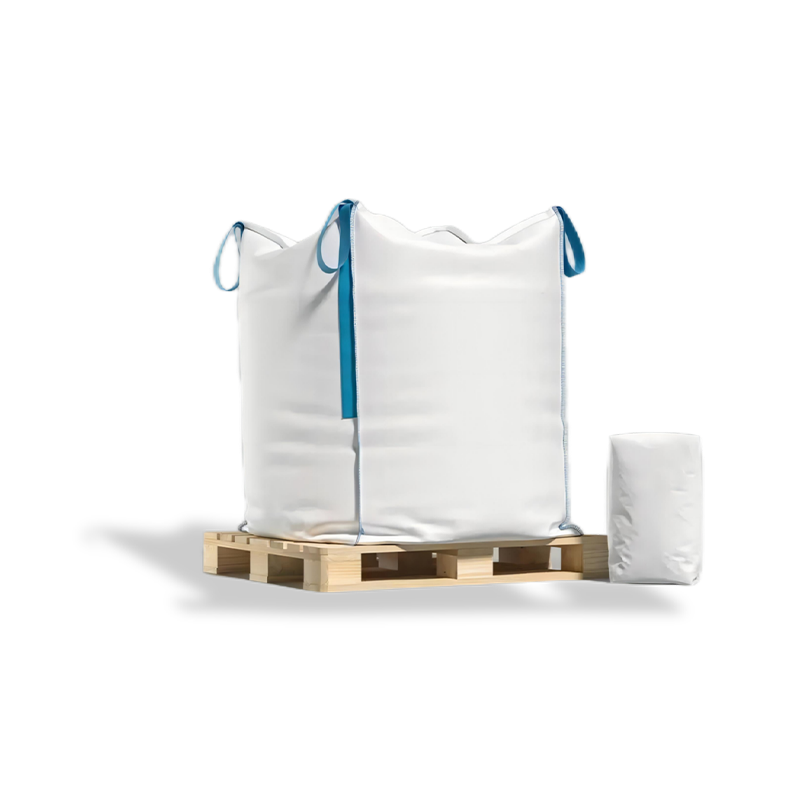EHE high-barrier films have emerged as a transformative solution in packaging, particularly noted for their potential to significantly reduce costs associated with logistics and storage. These films, renowned for their exceptional barrier properties, are utilized extensively in industries such as food and beverage, pharmaceuticals, and chemicals. Their high barrier capabilities—protecting contents from moisture, oxygen, and light—make them ideal for preserving sensitive products like high-end infant milk powder and various chemicals. However, beyond their protective functions, EHE high-barrier films offer substantial financial benefits in logistics and storage.
One of the primary advantages of EHE high-barrier films lies in their flexibility and lightweight nature compared to traditional rigid packaging. This flexibility translates into considerable cost savings in logistics. For instance, the reduced weight of the films decreases shipping costs, as lighter packaging incurs lower freight charges. Additionally, the flexibility of EHE films allows for more efficient use of space. Products packaged in these films can be compacted and stacked more effectively, optimizing container and warehouse space. This efficient use of space not only reduces transportation costs but also minimizes the need for extensive warehousing, further cutting overhead expenses.

In terms of storage, EHE high-barrier films contribute to cost savings through their ability to reduce the volume and weight of packaging materials. Unlike rigid containers that occupy substantial space, the flexible nature of high-barrier films allows for a more compact storage footprint. This reduction in volume can lead to lower storage costs, as businesses require less space to store the same quantity of products. Moreover, the durability of these films ensures that products are well-protected throughout their storage period, reducing the risk of damage and spoilage that can lead to additional costs.
The sustainability aspect of EHE high-barrier films also plays a role in cost savings. With growing regulatory and consumer pressure to adopt environmentally friendly practices, companies using these films can benefit from reduced waste management costs and improved brand reputation. The efficiency of these films in extending the shelf life of products can also lead to fewer losses due to spoilage, which translates directly into financial savings. In addition, the ability to customize these films for specific applications can enhance operational efficiency, further contributing to cost reductions in the supply chain.
The integration of EHE high-barrier films into packaging strategies presents a compelling case for cost savings in logistics and storage. By offering a combination of lightweight, space-efficient, and durable packaging solutions, these films not only streamline transportation and storage processes but also align with sustainability goals. The financial benefits, coupled with environmental advantages, underscore the growing appeal of EHE high-barrier films in modern packaging practices.

 LANGUAGE
LANGUAGE
 English
English 中文简体
中文简体











